





 |
 |
 |
 |
 |
 |
|---|---|---|---|---|---|
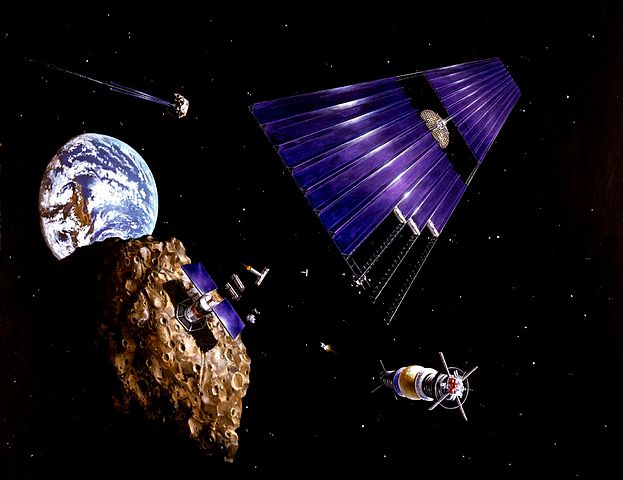 |
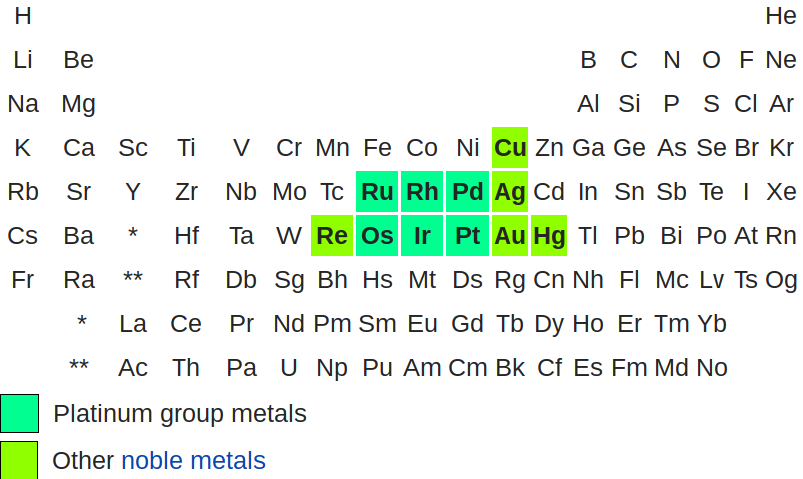 |
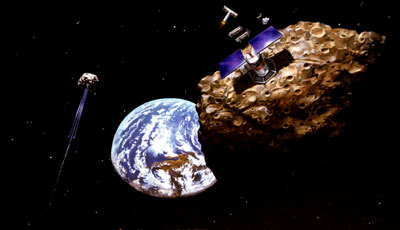 |
|---|---|---|
Platinum group metals are abundant in metal asteroids and rare in the Earth's crust. The Earth's best platinum mines are metal asteroid craters. A 30 meter metal asteroid has 15 billion dollars of platinum group metals.
Metal asteroids are 91% iron, 7% nickel, and .6% cobalt. Cobalt is used in lithium-ion batteries and nickel is used for steel alloy. Bringing the iron to the Earth saves us energy on steel production. The iron is also useful for building large-scale structures in space.
The asteroid belt is formed from a destroyed planet. The metal core of the planet is the asteroid 16-Psyche, and metal asteroids are shrapnel from the core. 16 Psyche has a diameter of 186 km and contains 100 quadrillion dollars of platinum group metals.
The moon has metal asteroid craters, and we should be prospecting for them.
The plot shows the elements in the Earth's crust and in a metal asteroid.
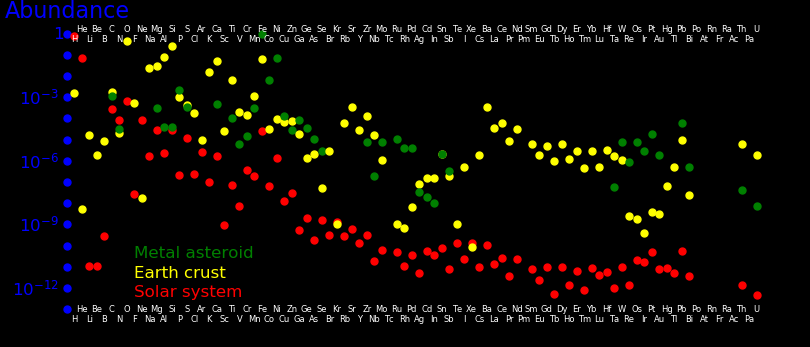 |
|---|
The table shows the value of metals in a billion kg asteroid, which is 30 meters in size. The most profitable elements are osmium, rhodium, nickel, platinum, and palladium. The best catalysts are rhodium, platinum, and palladium, hence these metals will always have value.
Mass in asteroid Value Value in asteroid
tons $/kg Billion $
Osmium 7.6 1600000 12
Rhodium 4.1 500000 2.0
Nickel 67000 16 1.1
Platinum 19 35000 .7
Palladium 3.8 72000 .3
Cobalt 6300 33 .2
Iron 910000 .15 .1
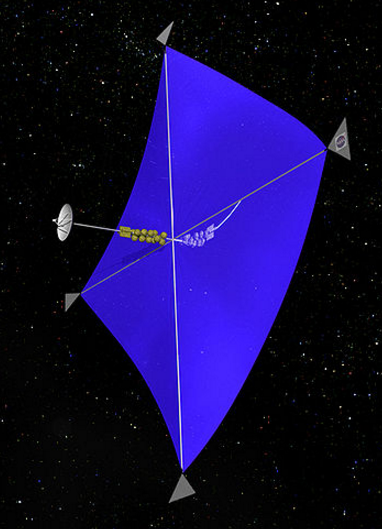 |
|---|
Metallic asteroids can be mined by distillation, where a space mirror focuses sunlight onto the asteroid to boil off the iron and leave behind the platinum group metals. This also imparts momentum to the asteroid to send it to the Earth.
The best way to get to a metal asteroid is with a fission thermal rocket. It has an exhaust speed of 13 km/s, far better than a hydrogen+oxygen rocket (4.4 km/s). We should be developing these rockets.
Platinum group metals have high value in $/kg.
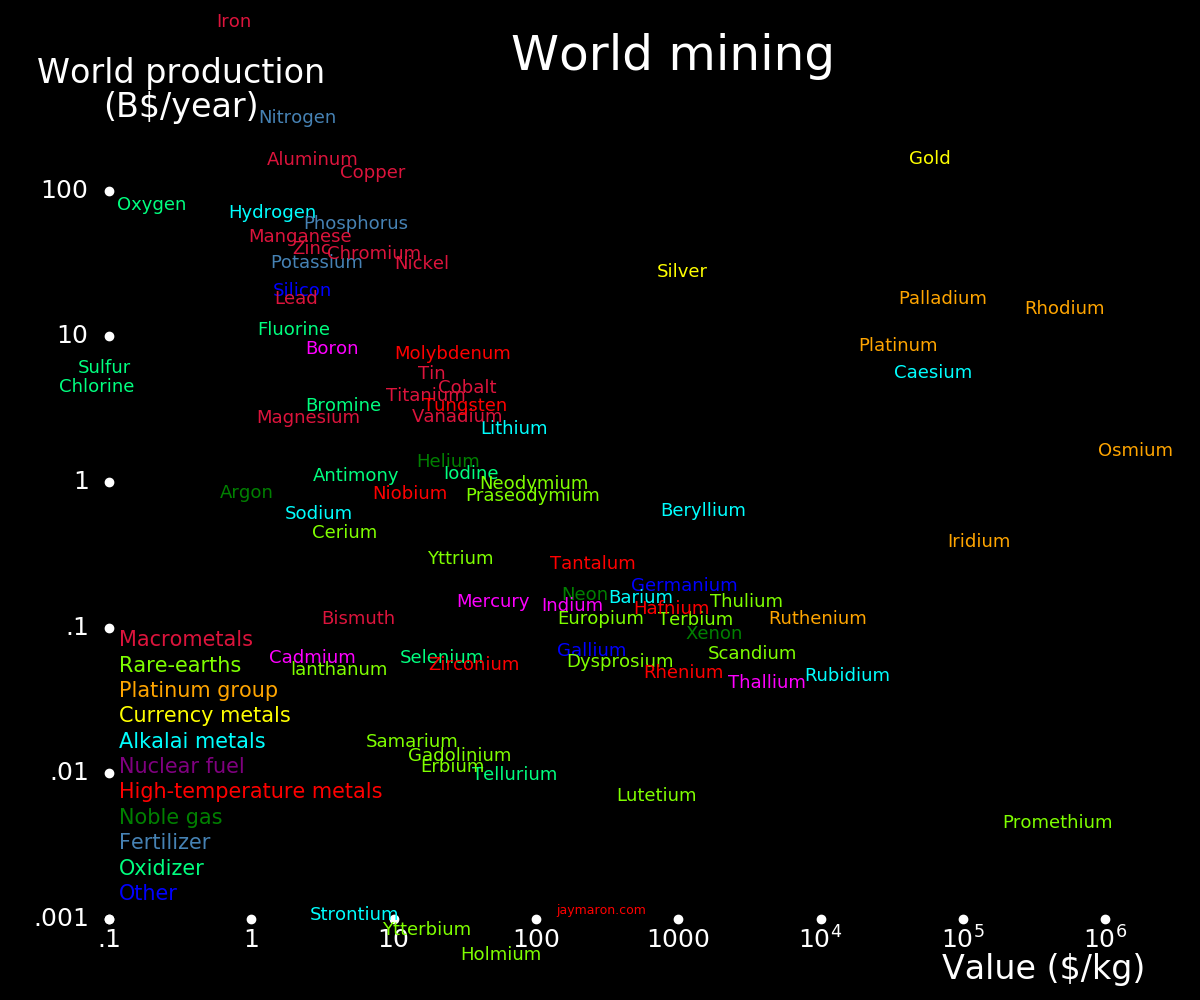 |
|---|
Platinum group metals are rare in the crust because they are dense and they tend to sink to the core. They are only found at metallic asteroid craters such as the Sudbury crater in Canada and the Vrodefort Crater in South Africa. Metallic asteroids are rich in platinum group elements because they used to be part of the core of a planet.
 |
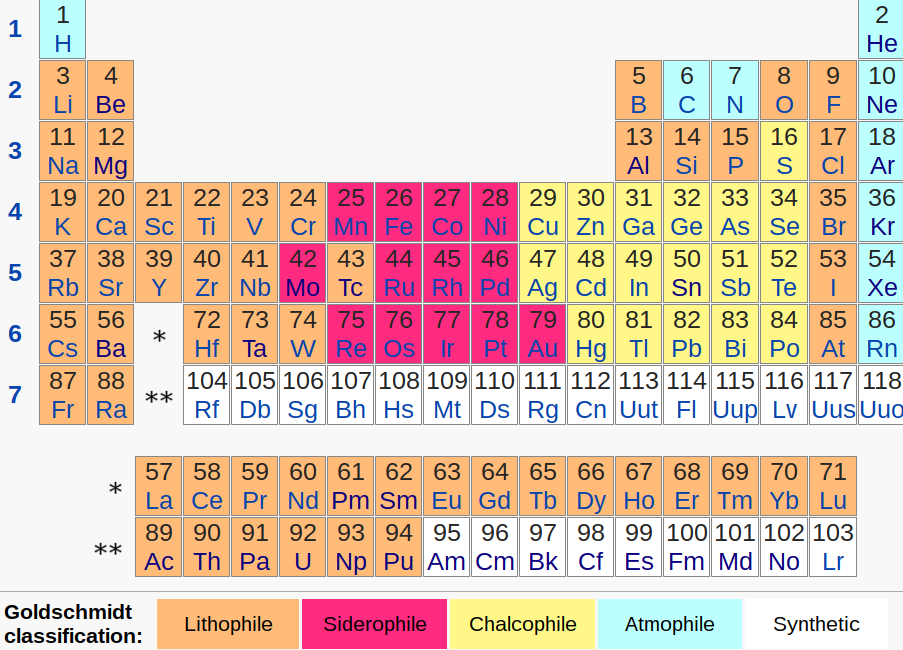 |
|---|---|
Siderophile: Iron-living. Tends to sink to the core along with iron.
Lithophile: Rock-loving. Tends to become included in rock and escapes sinking
to the core.
Chalcophile: Ore-loving. Tends to combine with oxygen and sulfur and escapes sinking
to the core.
Atmophile: Is a gas at room temperature and tends to escape the crust into the
atmosphere.
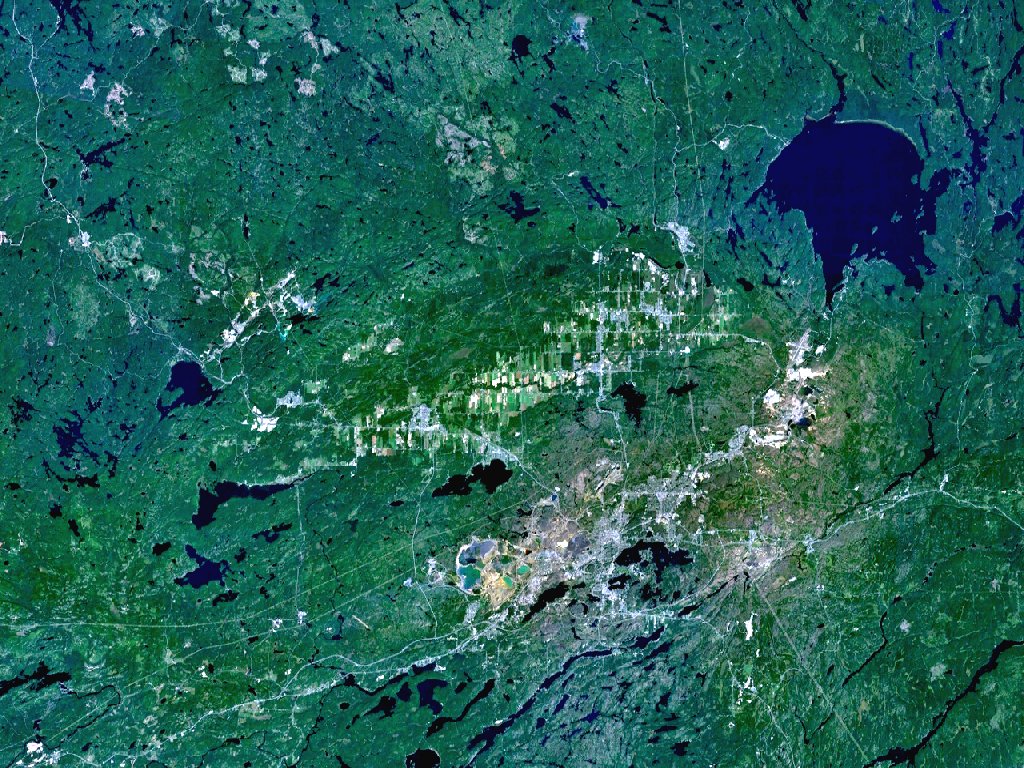 |
|---|
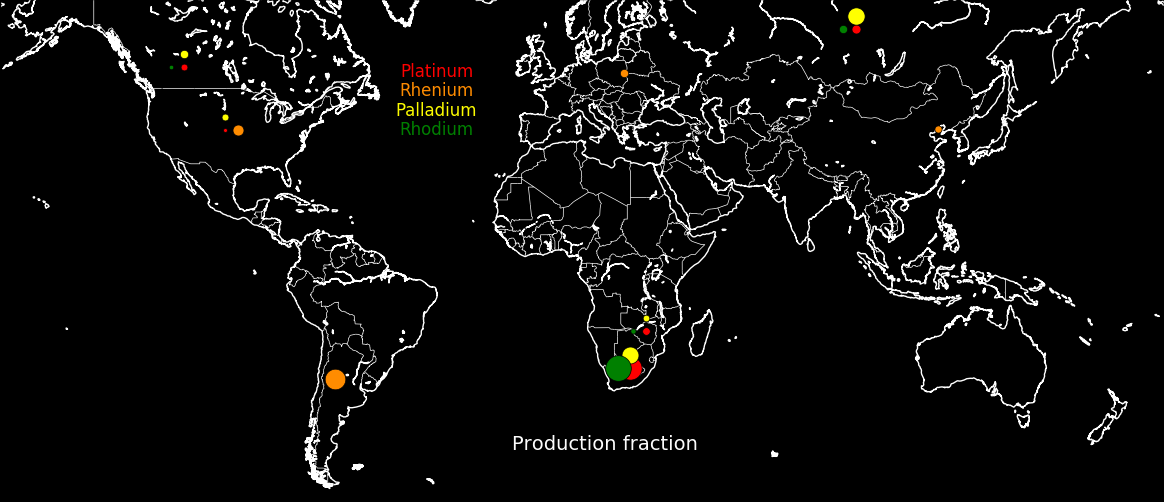 |
|---|
The Sudbury basin mine in Canada is a meteor crater from as 12 km metallic meteor that struck 1.8 billion years ago.
Platinum fraction in early universe = .005 parts/million Platinum fraction in the sun = .009 parts/million Platinum fraction in the Earth's crust = .004 parts/million Platinum fraction in Sudbury mine ore = .5 parts/million Platinum fraction in iron asteroid = 19 parts/million Annual platinum production =500 tons/year Platinum used in mufflers =130 tons/year
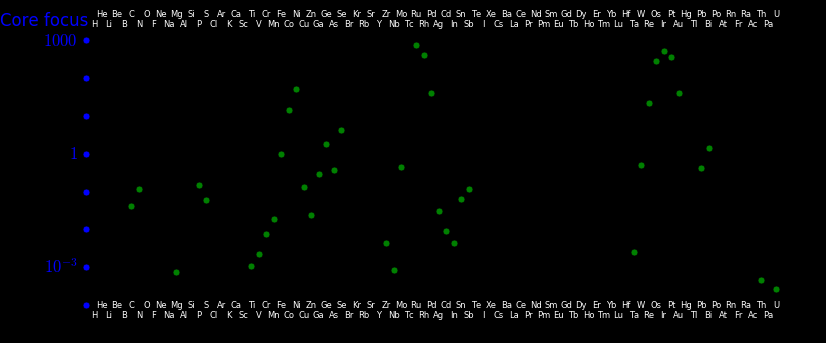 |
|---|
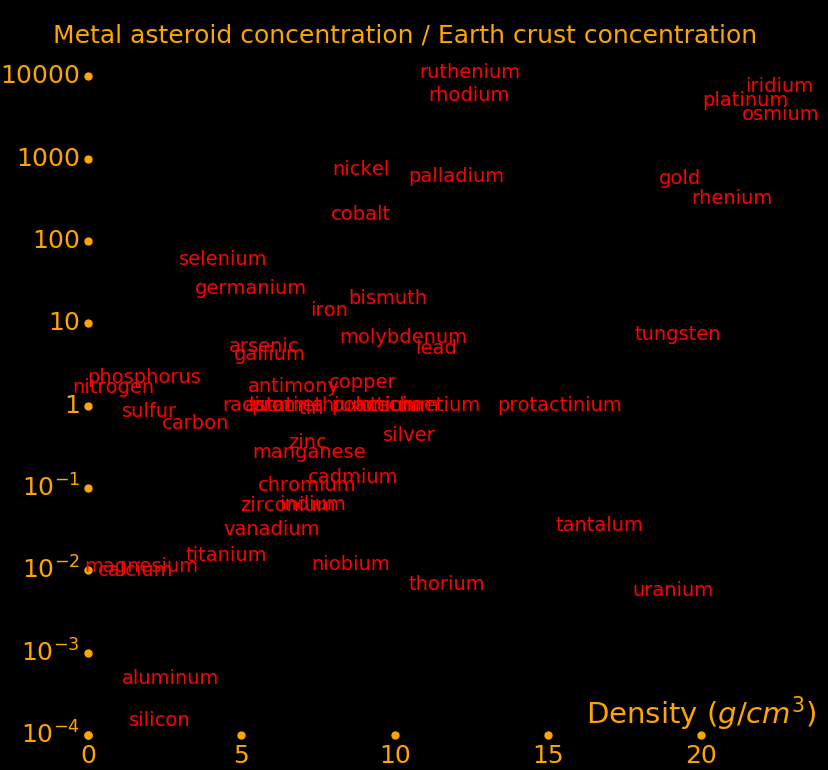 |
|---|
Platinum is more dense than iron and is hence more likely to sink to the Earth's core than iron. This is reflected in the "core amplification factor".
Platinum abundance in the crust = cPt = .004 ppm Iron abundance in the crust = cFe = 63000 ppm Platinum abundance in the core = CPt = 19 ppm Iron abundance in the core = CFe =910000 ppm Crust platinum/iron = cPt/cFe = .000000063 Core platinum/iron = CPt/CFe = .000021 Core amplification factor = APt = (CPt/CFe) / (cPtcFe) = 329
The elements with the highest core amplification factors are:
Amplification Density (g/cm3)
Ruthenium 762 12.4 Siderophile, Platinum group
Platinum 329 21.4 Siderophile, Platinum group
Rhodium 284 12.4 Siderophile, Platinum group
Osmium 263 22.6 Siderophile, Platinum group
Iridium 208 22.4 Siderophile, Platinum group
Nickel 52 8.9 Siderophile
Palladium 44 12.0 Siderophile, Platinum group
Gold 42 19.3 Siderophile
Rhenium 20 21.0 Siderophile
Cobalt 14.5 8.9 Siderophile
Selenium 4.2 4.81 Chalcophile
Germanium 1.8 5.32 Chalcophile
Bismuth 1.4 9.78 Chalcophile
Iron 1.0 7.9 Siderophile
Tungsten .51 19.25 Lithophile
Molybdenum .46 10.28 Siderophile
Mercury .42 13.53 Chalcophile
Lead .42 11.34 Chalcophile
Arsenic .36 5.73 Chalcophile
Gallium .29 5.91 Chalcophile
Copper .13 8.96 Chalcophile
Tin .063 7.26 Chalcophile
Silver .030 10.49 Chalcophile
Zinc .025 7.14 Chalcophile
Thorium .00046 11.7 Lithophile
Uranium .00027 19.1 Lithophile
Platinum group metals are the most likely to sink to the core. Almost all of the uranium and thorium resists sinking to the core, which is why nuclear energy is cheap.
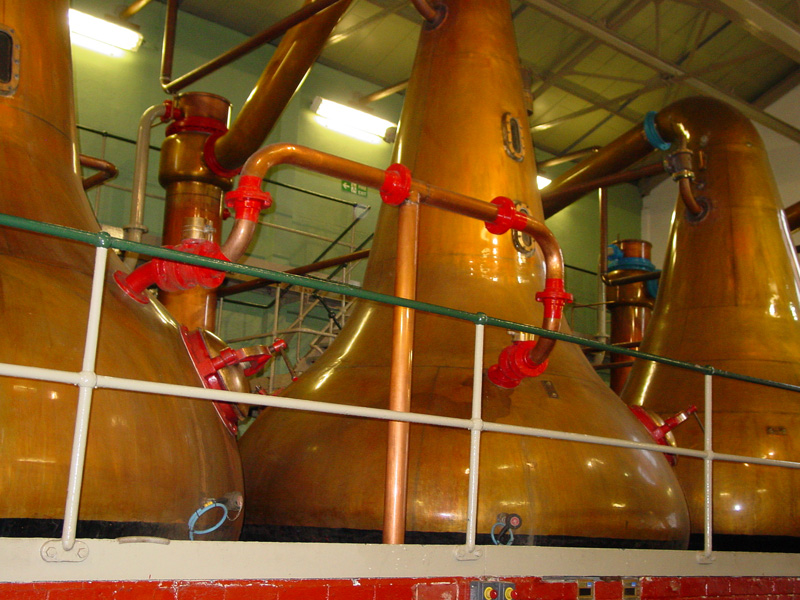 |
|
|---|---|
The valuable elements in a metallic asteroid tend to have high boiling points. These elements can be isolated by heating the asteroid to 3200 Kelvin to boil off the low-value iron, nickel, and cobalt. After boiling, the asteroid has 1/5000 of its original size, has a value of 10 thousand dollars per kilogram, and is easily transported to the Earth.
.gif) |
|---|
"16 Psyche" is the largest metallic asteroid and is likely the core of a failed planet that had its mantle stripped away by collisions.
Diameter Perihelion SemiMajor Value Value
km AU Axis (AU) (B$) ($/kg)
16 Psyche 186 2.51 2.92 5⋅108 .02
Nereus .33 .95 1.49 5 .033
Ryugu .98 .96 1.19 95 .024
2011 UW158 .45 1.01 1.62 8 .021
Didymos .8 1.01 1.64 84 .039
1989 ML .6 1.10 1.27 14 .015
1992 TC 1.1 1.11 1.57 84 .015
The estimated value of each asteroid is from
Wikipedia.
Values are given for all asteroids except Psyche. In the table, we assume a
price/mass for Psyche of .02 $/kg which leads to a value of 500000 trillion dollars,
far larger than the Earth's annual gross domestic product of 75 trillion dollars.
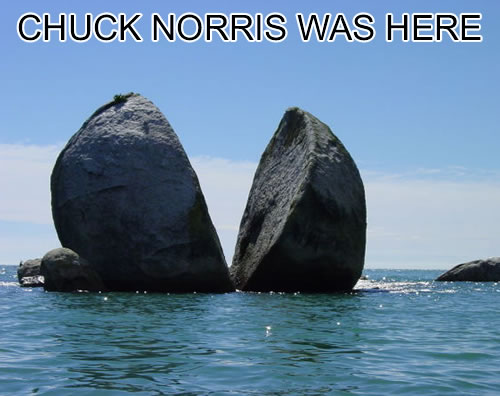 |
|---|
If a 1010 kg asteroid is broken with a hydrogen bomb then
Mass of the asteroid = M = 1010 kg Energy of the hydrogen bomb = E = .5 M V2 = 4e16 Joules (10 megatons of TNT) Speed of the asteroid fragments = V = 3 km/sA hydrogen bomb is capable of moving an asteroid.
A space mirror can vaporize a metallic asteroid, leaving behind elements with high boiling points. These elements are the valuable ones. We assume that the asteroid is mostly iron.
Asteroid original temperature = 220 Kelvin Iron melting point = 1811 Kelvin Iron boiling point = 3134 Kelvin Iron solid temperature change = 1591 Kelvin (From 220 Kelvin to 1811 Kelvin) Iron liquid temperature change = 1323 Kelvin (From 1811 Kelvin to 3134 Kelvin) Iron melting energy/mass = 247 kJoules/kg Iron boiling energy/mass = 6089 kJoules/kg Iron solid heat capacity = .449 kJoules/kg/Kelvin Iron liquid heat capacity = .82 kJoules/kg/Kelvin Iron solid heating energy/mass = 714 kJoules/kg (Energy to heat from 220 to 1811 Kelvin) Iron liquid heating energy/mass = 1085 kJoules/kg (Energy to heat from 1811 to 3134 Kelvin) Iron total heating energy/mass = 8135 kJoules/kg (Energy to heat, melt, and vaporize) Asteroid mass = 10 billion kg Energy to vaporize asteroid = 1017 Joules Power from 1 km3 space mirror = 1 billion Watts Mass of a 1 km3 space mirror = 6 tons Time to vaporize asteroid = 108 seconds = 3 years
To calculate the departure speed of evaported iron atoms,
Iron atom mass = M = 9.27e-26 kg Boltzmann constant = k = 1.38e-23 Joules/Kelvin Iron boiling point = T = 3134 Kelvin Iron 3D energy/mass = E = 3/2 k T / M = 700 kJoules/kg Iron 1D speed = V = (k T / M)½ = 683 meters/second Iron 1D kinetic energy = e = ½ k T = ½ M V2Vaporization accounts for most of the energy requirement.
A 10 km3 space mirror can vaporize a 1 billion kg asteroid in 1 day.
The exiting vapor can be passed through tungsten pipes heated to a temperature of 3250 Kelvin, just above the temperature of the vapor. Any platinum group metals in the vapor will condense onto the pipes. Tungsten is used because it is the element with the highest melting point (3695 Kelvin).
The iron in a metallic asteroid can be burned to produce carbon-free energy.
Fe + O2 → Fe2O3An asteroid 3 km in diameter can supply civilization's energy for one year.
Energy density of iron = 5.2 MJoules/kg World energy production = 6e20 MJoules/year Iron to produce world's energy =1.2e14 kg Iron density = 7900 kg/meter3 Radius of iron asteroid = 1544 metersSome of the metals in a metallic asteroid have the potential to overwhelm Earth production and reduce the price of the metal, opening new technological applications. These metals are osmium, ruthenium, iridium, rhodium, and platinum. For a 1 billion kg asteroid,
Mass in Annual Earth Mass in asteroid
asteroid mining / Annual Earth mining
(tons) (tons)
Osmium 7.6 1 7.6
Ruthenium 11 12 .92
Germanium 37 118 .31
Gallium 80 273 .29
Iridium 3.0 12 .25
Rhodium 4.1 30 .14
Platinum 19 245 .08
Cobalt 6300 110000 .057
Nickel 67000 2100000 .032
Rhenium .85 50 .017
Palladium 3.8 250 .015
Gold 1.8 2800 .0006 Earth gold won't be eclipsed by asteroid gold
Iron 910000 1700000000 .0005
Zirconium 8 900000 .000009
Bringing a trillion kg asteroid to the Earth would satisfy the world's iron, nickel,
and cobalt demand and then we wouldn't need to use energy for smelting.
Input energy fractions for the production of steel:
Electricity .18 Natural gas .33 Coal .01 Coke .18 Other .27 Residual .02
 |
|---|